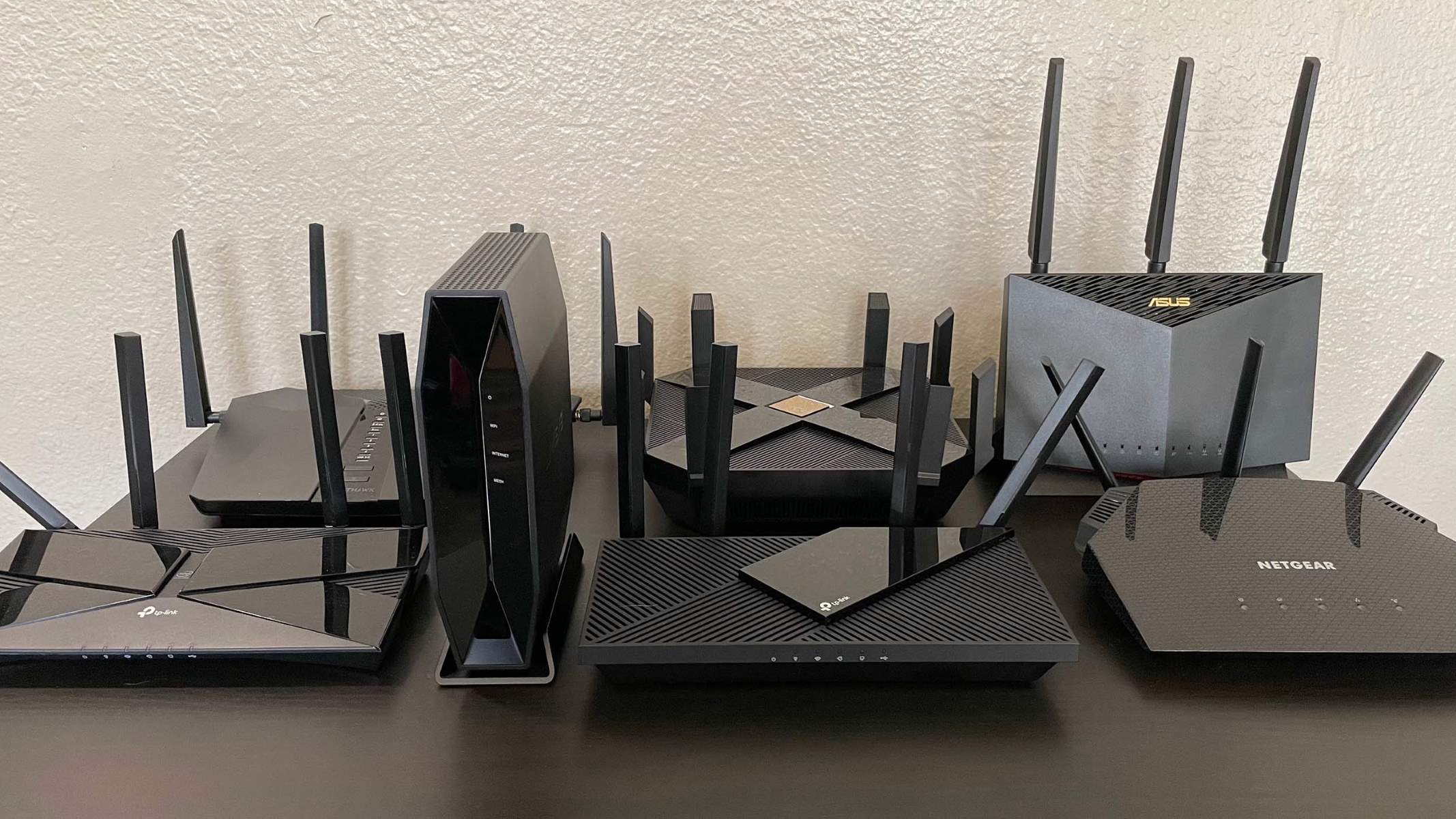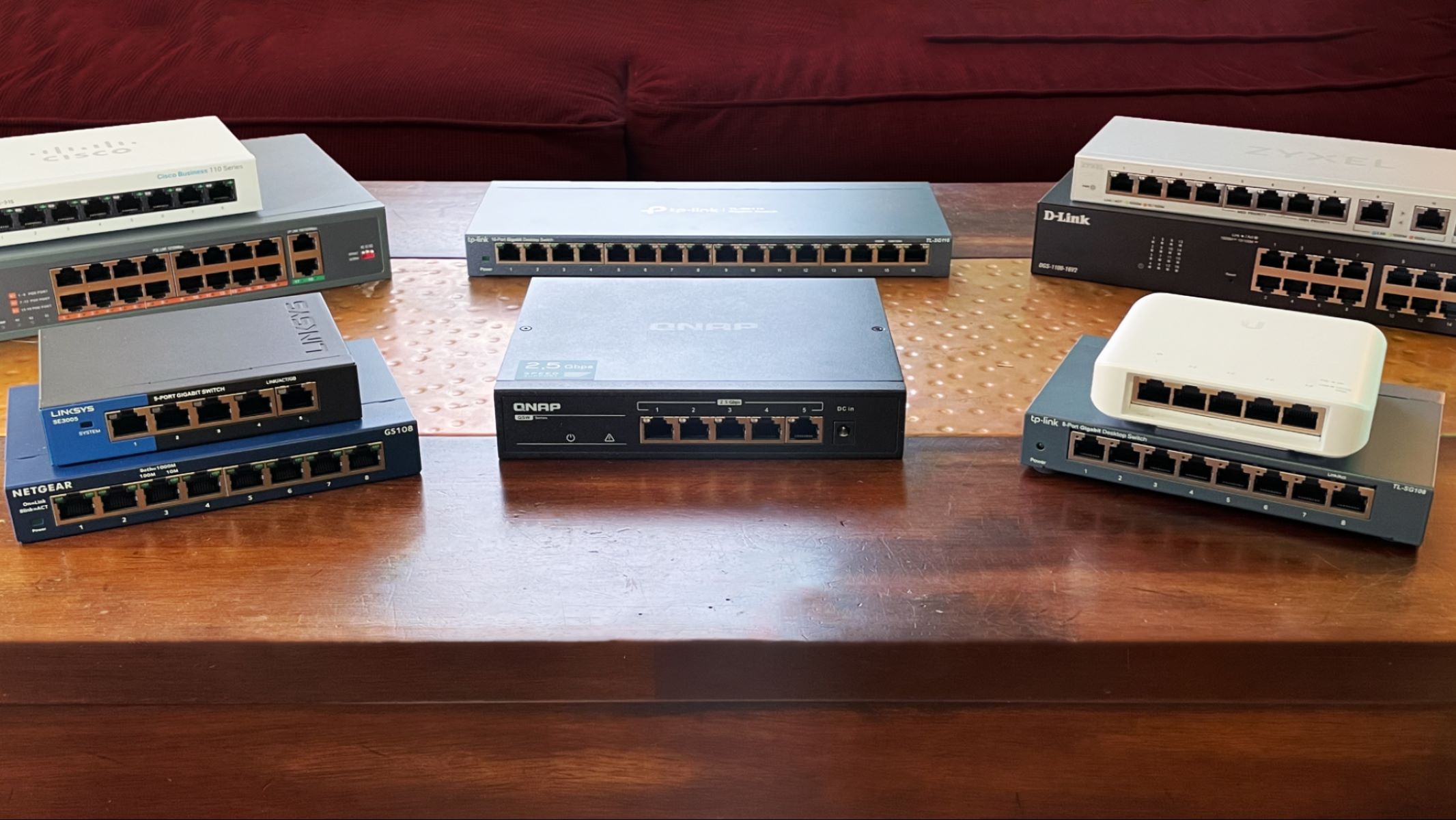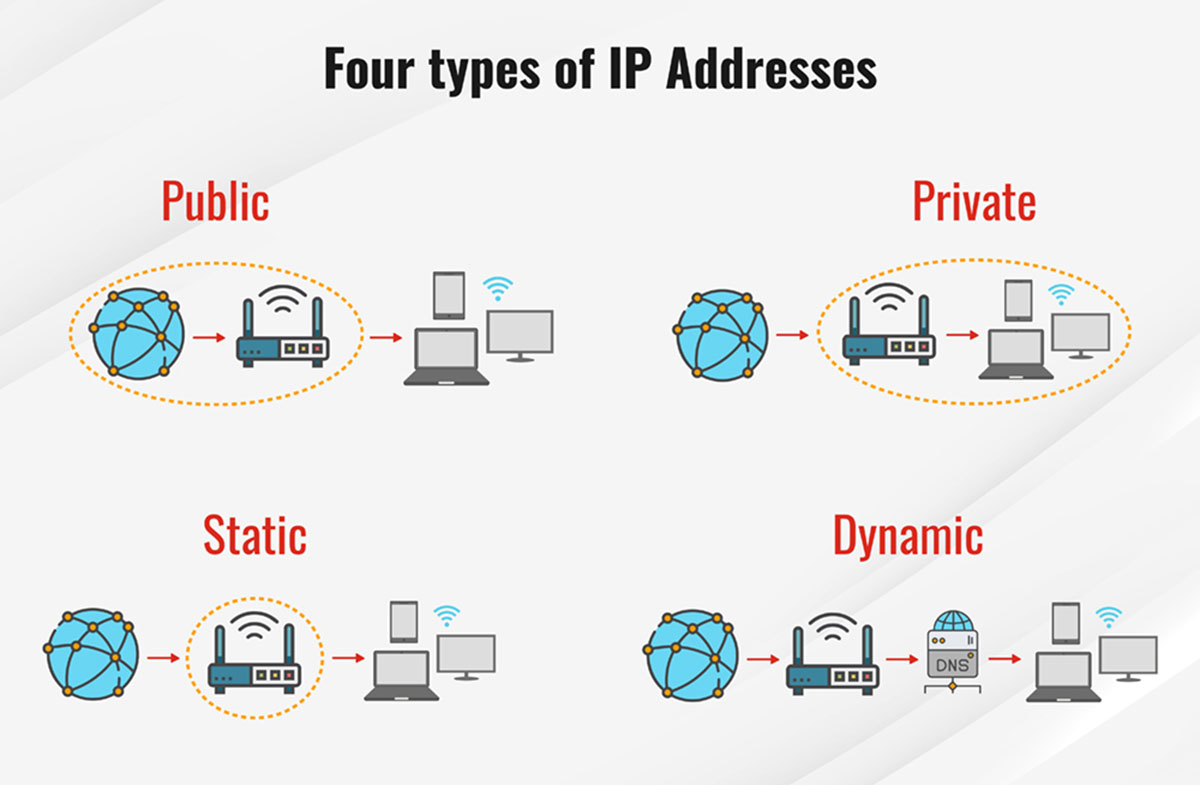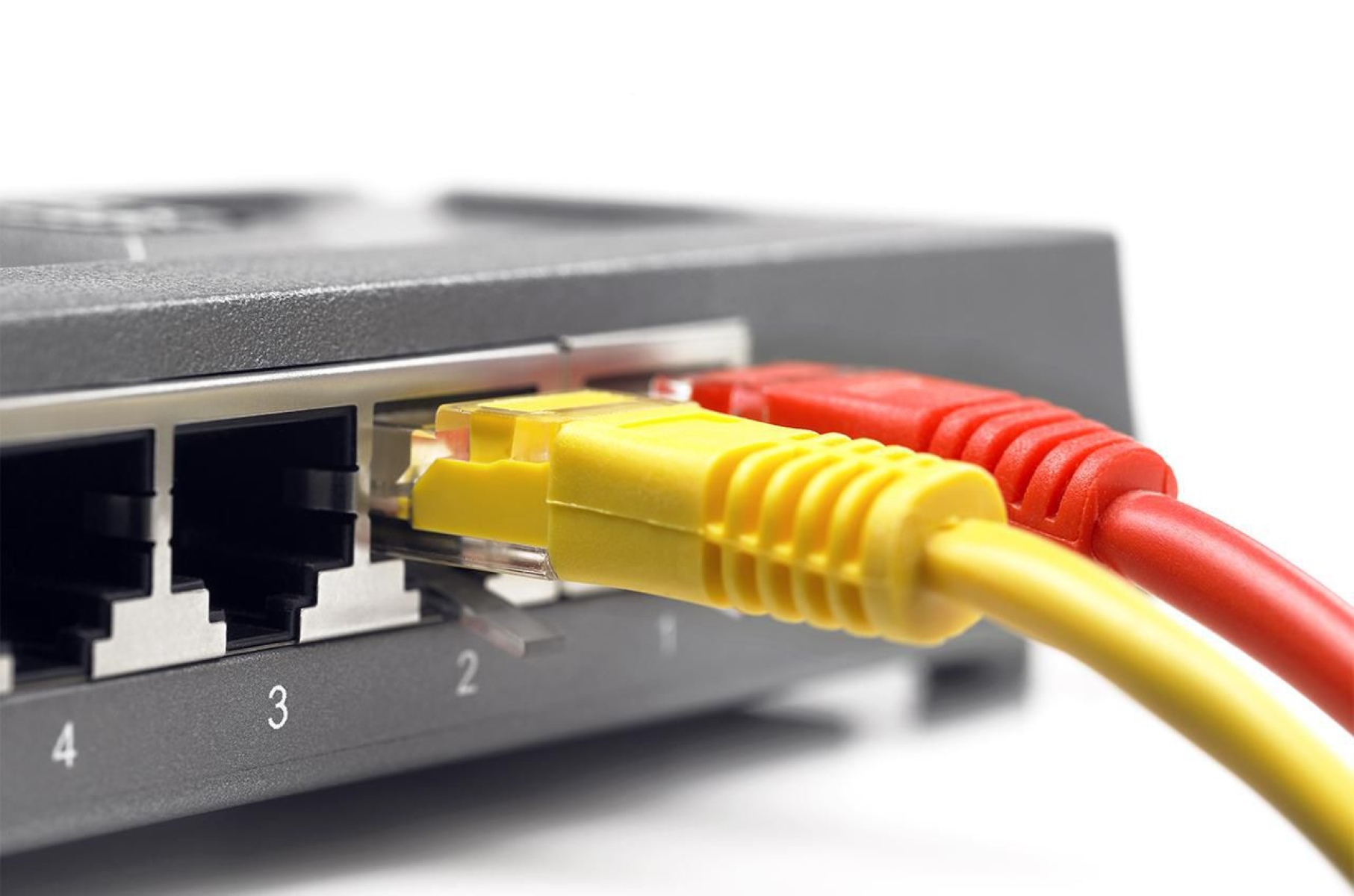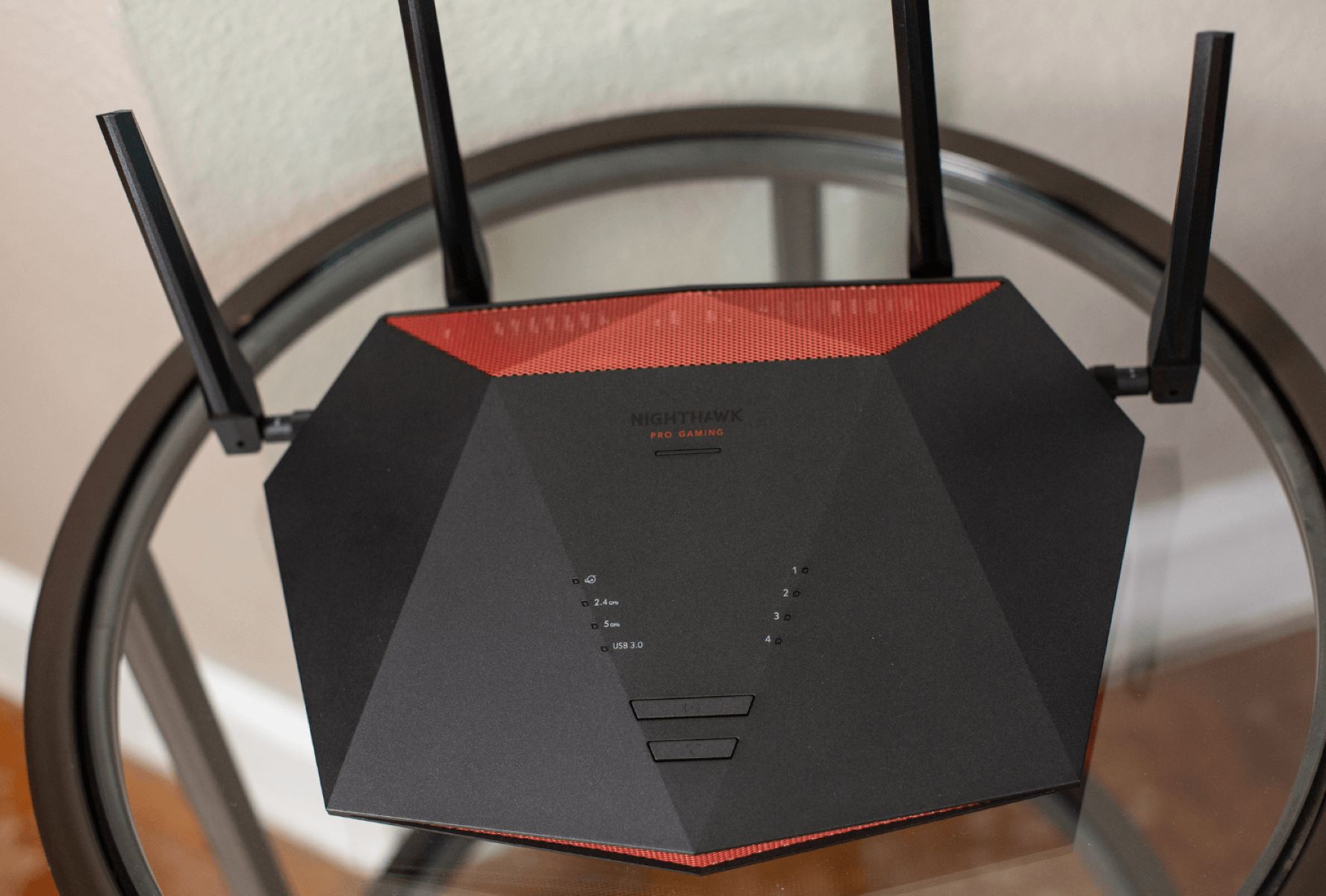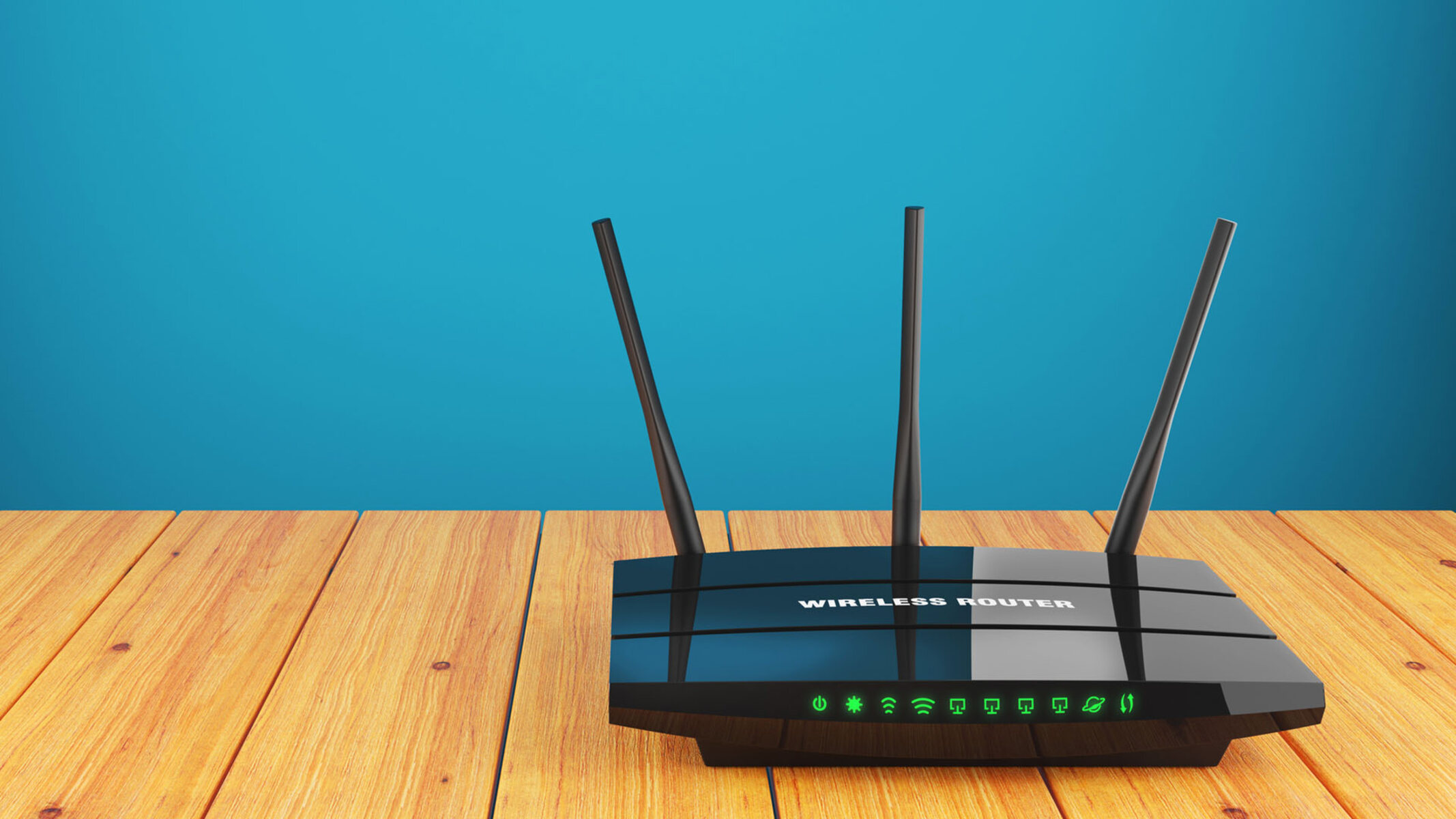Introduction
In network infrastructure, broadcast domains play a crucial role in controlling the flow of network traffic. Understanding how routers create a broadcast domain boundary is vital to managing network scalability, security, and performance. By effectively segmenting broadcast domains, routers help optimize network communication and prevent unnecessary broadcast storms that can degrade network performance. This article will delve into the concept of broadcast domains and explain the role that routers play in creating boundaries between them.
A broadcast domain refers to a group of devices within a network that can receive broadcast messages from each other. When a device sends a broadcast message, it is intended for all devices within the same broadcast domain. Examples of broadcast messages include Address Resolution Protocol (ARP) requests and Dynamic Host Configuration Protocol (DHCP) broadcasts. Without proper management, excessive broadcast traffic can flood a network, causing unnecessary congestion and performance issues.
Routers, on the other hand, are networking devices that operate at the network layer (Layer 3) of the OSI model. Their primary function is to connect multiple networks together, directing data packets between them based on logical addressing. Additionally, routers can create boundaries between broadcast domains, effectively isolating and controlling the flow of broadcast traffic. When a router receives a broadcast message, it does not forward the message to devices located in different broadcast domains. Instead, the router only forwards the message to devices within the same broadcast domain.
The creation of a broadcast domain boundary by a router is achieved through the implementation of routing tables and routing protocols. Routing tables contain information about network destinations and the best path to reach them. Routing protocols enable routers to share information with each other, allowing for efficient routing decisions and the creation of logical boundaries between broadcast domains. By carefully configuring routing protocols and routing tables, network administrators can influence the flow of traffic and control the reach of broadcast messages within a network.
What is a broadcast domain?
In computer networking, a broadcast domain refers to a logical division of a network in which devices can directly communicate with each other through broadcast messages. A broadcast message is a transmission that is intended for all devices in the network segment. Within a broadcast domain, when a device sends a broadcast message, every other device within that domain receives and processes it.
Broadcast messages play a crucial role in network protocols and services such as Address Resolution Protocol (ARP) and Dynamic Host Configuration Protocol (DHCP). For example, when a device wants to find the MAC address of another device on the same network, it sends an ARP request as a broadcast message to the entire broadcast domain. Similarly, DHCP broadcasts are sent to all devices in the network segment, allowing devices to obtain IP addresses and other network configuration information.
Broadcast domains are typically bounded by network devices that operate at the data link layer (Layer 2) of the OSI model, such as switches and bridges. These devices forward broadcast messages to all connected devices within the same broadcast domain. As the number of devices in a broadcast domain increases, so does the amount of broadcast traffic. This can lead to congestion and performance issues, as every device in the domain has to process the broadcast messages, even if they are not the intended recipients.
By dividing a network into multiple broadcast domains, it is possible to minimize the scope of broadcast messages and control the flow of network traffic. This segmentation can be achieved using VLANs (Virtual LANs), which create virtual broadcast domains within a physical network infrastructure. Devices connected to different VLANs do not receive broadcast messages from devices in other VLANs, effectively reducing broadcast traffic.
It is important to note that broadcast domains are different from collision domains. While a broadcast domain represents the range of devices that receive broadcast messages, a collision domain refers to a network segment in which collisions can occur. Collisions happen when multiple devices try to send data over the network simultaneously. Switches and bridges also play a role in dividing collision domains, ensuring that collisions are isolated within each domain.
What is a router?
A router is a fundamental networking device that operates at the network layer (Layer 3) of the OSI model. Its primary function is to connect multiple networks together and direct data packets between them based on logical addressing. Routers play a crucial role in enabling communication between devices located in different network segments or broadcast domains.
Routers are key components in the modern internet infrastructure. They are responsible for determining the most efficient path for data packets to reach their destination across various interconnected networks. This process is accomplished by analyzing the destination IP address of each packet and consulting the routing table, which contains information about network destinations and the best paths to reach them.
Unlike switches or hubs, which operate at the data link layer (Layer 2) and forward data packets based on MAC addresses, routers operate at a higher layer and use IP addresses to make routing decisions. They have the ability to read and interpret the network layer header of a packet, allowing them to determine the appropriate next hop for each packet based on its destination IP address.
Apart from their routing capabilities, routers also provide additional functionalities such as network address translation (NAT), which allows devices with private IP addresses to communicate with devices on the internet using a single public IP address. This technology helps conserve IP addresses and adds an extra layer of security by hiding the private IP addresses from external networks.
In terms of physical appearance, routers come in a variety of forms, including dedicated hardware devices, software-based routers running on computers or servers, and integrated router/switch combinations. Regardless of their form, all routers perform the critical role of connecting networks and routing data packets between them.
It’s important to note that routers not only create boundaries between broadcast domains but also provide additional benefits such as network segmentation, improved network performance, and enhanced security. By intelligently routing traffic and controlling the flow of data packets, routers play a vital role in ensuring efficient and secure communication across interconnected networks.
How does a router create a broadcast domain boundary?
Routers create a broadcast domain boundary by selectively forwarding broadcast messages only to devices within the same broadcast domain while preventing them from reaching devices in other domains. This segregation of broadcast traffic helps to control the flow of network communication, reduce congestion, and enhance network performance. Let’s explore the mechanisms through which routers accomplish this.
When a router receives a broadcast message from a device within a broadcast domain, it analyzes the destination MAC address of the packet. Instead of forwarding the packet to all connected devices, like switches and hubs do within a broadcast domain, the router examines the IP address of the packet to determine the appropriate next hop for delivery.
Using routing tables and routing protocols, routers maintain information about the network topology, including available network paths and the associated IP addresses. This enables routers to make intelligent decisions about where to send data packets based on the destination IP address. When a router receives a broadcast message, it does not forward it as a broadcast to all connected networks. Instead, the router analyzes the destination IP address and checks its routing table to determine the appropriate network segment to which the packet should be directed.
By doing so, the router effectively limits the scope of broadcast messages to devices within the same broadcast domain. If the destination IP address of the packet matches a device located within the same domain, the router forwards the packet to that specific device. However, if the destination IP address belongs to a device in a different broadcast domain, the router does not forward the broadcast message, effectively isolating the domains from each other.
In addition to routing tables and routing protocols, routers use network address translation (NAT) to further enhance the broadcast domain boundary. NAT allows routers to map multiple private IP addresses to a single public IP address when communicating with external networks, such as the internet. This translation process helps maintain privacy and security by masking the private IP addresses of devices within the broadcast domains from external networks.
Overall, routers play a vital role in creating broadcast domain boundaries. Through the use of routing tables, routing protocols, and NAT, routers intelligently route network traffic, limiting the scope of broadcast messages to devices within each broadcast domain. This segmentation optimizes network efficiency, reduces congestion, and enhances the overall performance and security of the network infrastructure.
Routing tables and routing protocols
Routing tables and routing protocols are essential components of routers that enable them to efficiently route data packets between networks and create broadcast domain boundaries. These mechanisms provide the necessary information for routers to make intelligent routing decisions and determine the best paths for data transmission. Let’s explore routing tables and routing protocols in more detail.
A routing table is a data structure stored within a router that contains information about network destinations and the associated next hops. It essentially serves as a roadmap for the router, providing guidance on how to forward data packets to their intended destinations. Routing tables typically include entries for various networks, along with the corresponding network addresses and the next hop IP addresses through which the packets should be sent.
When a router receives a data packet, it examines the destination IP address and checks its routing table to determine the appropriate next hop for forwarding the packet. The router looks for a matching entry in the routing table and selects the most specific match, considering factors such as the length of the network mask. By selecting the best route based on the routing table, routers can efficiently direct packets towards their intended destinations.
Routing protocols, on the other hand, facilitate the exchange of routing information between routers. They enable routers to share information about network topology, available routes, and network reachability. Common routing protocols include Border Gateway Protocol (BGP), Open Shortest Path First (OSPF), and Routing Information Protocol (RIP).
Routing protocols use various metrics, such as hop count, network bandwidth, and network delay, to determine the best path for routing packets. By exchanging routing updates and metrics with neighboring routers, routers can dynamically adapt to changes in the network, such as link failures or network congestion. This dynamic nature allows routers to maintain up-to-date routing information and make efficient routing decisions in real-time.
By using routing tables and routing protocols in conjunction, routers can create effective broadcast domain boundaries. The routing table provides the necessary information for routers to determine the next hop for forwarding packets, while routing protocols enable routers to exchange routing information and adapt to changes in network topology. This combination allows routers to intelligently route traffic and effectively segregate broadcast domains, ensuring efficient and controlled communication within the network.
Network address translation (NAT) and broadcast domains
Network address translation (NAT) is a technology used by routers to translate IP addresses between different network domains. While NAT is primarily used to conserve IP addresses and enable devices with private IP addresses to communicate with the internet, it also plays a role in creating boundaries between broadcast domains.
In a network with multiple broadcast domains, each domain has its own set of IP addresses. However, when devices within these domains need to communicate with devices outside their respective domains, NAT comes into play. NAT allows routers to map multiple private IP addresses to a single public IP address when communicating with external networks.
When a device in a broadcast domain sends a request to a device outside the domain, the source IP address of the packet is replaced with the public IP address assigned by the NAT. Similarly, when the response is received, the destination IP address is translated back to the private IP address of the requesting device within the respective broadcast domain.
By performing these translations, NAT effectively hides the private IP addresses of devices within each broadcast domain from external networks. This ensures that broadcast messages originating from different domains do not reach devices in other domains, creating separate broadcast domain boundaries.
Furthermore, NAT also helps prevent broadcast storms by limiting the scope of broadcast messages. When a broadcast message is received by a router, it is not forwarded across different broadcast domains. Instead, the router selectively forwards the packet to devices within the same domain. This segmentation helps reduce the amount of broadcast traffic within each domain, preventing congestion and improving network performance.
Additionally, NAT provides an added layer of security by acting as a barrier between public and private IP address spaces. It prevents direct access to devices with private IP addresses from the internet, as external networks only interact with the public IP address assigned by the NAT. This enhances the security of devices within each broadcast domain, protecting them from potential threats and unauthorized access.
Overall, NAT plays a crucial role in creating and maintaining boundaries between broadcast domains. It allows routers to map private IP addresses to a single public IP address, limiting the scope of broadcast messages and enhancing network efficiency. Moreover, NAT provides security benefits by hiding private IP addresses from external networks. Through the combination of NAT and routers, effective broadcast domain boundaries are established, achieving optimal network performance and maintaining network security.
Advantages of creating broadcast domain boundaries with routers
Creating broadcast domain boundaries with routers offers several advantages in terms of network performance, scalability, security, and manageability. Let’s explore some of the key benefits of implementing broadcast domain boundaries using routers.
Improved Network Performance: By dividing a network into multiple broadcast domains, routers help reduce the amount of broadcast traffic within each domain. This segmentation prevents broadcast storms and reduces network congestion, resulting in improved network performance. Devices within each broadcast domain only receive broadcast messages that are relevant to them, minimizing the processing overhead and optimizing bandwidth utilization.
Enhanced Scalability: Broadcast domain boundaries enable network administrators to create logical subdivisions within a large network infrastructure. This segmentation helps manage network growth and scale more efficiently. As the number of devices and network traffic increases, administrators can create additional broadcast domains and deploy routers to maintain network performance and ensure smooth communication.
Enhanced Network Security: By isolating broadcast domains, routers enhance network security. Devices within one broadcast domain cannot directly communicate with devices in another domain, providing a natural separation between different network segments. This isolation helps contain the spread of any security threats or malicious activities within a specific broadcast domain, limiting their impact on the overall network. Additionally, routers with built-in security features can be configured to enforce access control policies and traffic filtering between different domains, further enhancing network security.
Better Manageability: Broadcast domain boundaries improve network manageability by allowing network administrators to segment the network into smaller, more manageable units. Each broadcast domain can be assigned specific network policies, quality of service (QoS) settings, and access control rules tailored to the requirements of the devices within that domain. This granularity simplifies network administration and troubleshooting, making it easier to identify and resolve issues within individual broadcast domains without impacting the entire network.
Flexibility in Network Design: By using routers to create broadcast domain boundaries, organizations have more flexibility in designing their network infrastructure. They can choose to group devices with similar functions or requirements into separate domains, ensuring better resource allocation and targeted network management. This flexibility allows for the implementation of specialized network services or deployments, such as virtual private networks (VPNs), without affecting other broadcast domains.
In summary, creating broadcast domain boundaries with routers offers numerous advantages. These boundaries enhance network performance by reducing broadcast traffic and congestion, ensure scalability and flexibility in network design, enhance network security by isolating broadcast domains, and improve overall network manageability. Routers play a vital role in achieving these benefits, allowing organizations to optimize their network infrastructure for efficient and secure communication.
Conclusion
Creating broadcast domain boundaries with routers is a critical aspect of network design and management. By effectively segmenting broadcast domains, routers optimize network performance, enhance scalability, improve security, and simplify network administration.
Routers play a vital role in establishing broadcast domain boundaries by selectively forwarding broadcast messages within each domain and preventing them from reaching devices in other domains. Utilizing routing tables and routing protocols, routers make intelligent routing decisions based on the destination IP address of data packets, ensuring that they traverse the correct paths within the network.
Network address translation (NAT) further contributes to creating broadcast domain boundaries by mapping private IP addresses to a public IP address when devices communicate with external networks. This translation process enhances security and helps manage network traffic by limiting the scope of broadcast messages and preventing direct access to private IP addresses from external networks.
The advantages of creating broadcast domain boundaries with routers are manifold. Improved network performance, achieved by reducing broadcast traffic and congestion within each domain, leads to enhanced efficiency and optimized bandwidth utilization. The ability to establish logical subdivisions within a network infrastructure enables scalability and growth management, allowing network administrators to adapt to changing needs and expanding user bases.
Enhanced network security is another valuable outcome of broadcast domain boundaries. By isolating domains, routers ensure that security threats are contained within specific segments and limit their impact on the broader network. Additionally, network manageability is improved with the ability to apply domain-specific policies and facilitate targeted administration and troubleshooting.
In conclusion, routers are fundamental to creating broadcast domain boundaries, providing numerous benefits to network infrastructure. By leveraging routing tables, routing protocols, NAT, and other networking mechanisms, organizations can enhance network performance, achieve greater scalability, enhance security, and simplify network administration. Incorporating these practices into network design ensures efficient and secure communication within broadcast domains, contributing to a robust and effective network infrastructure.







